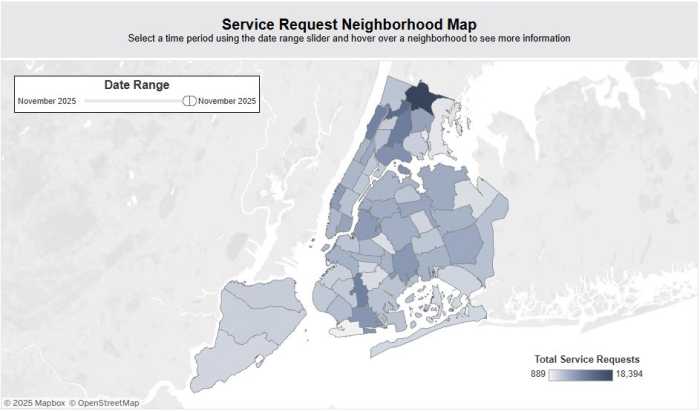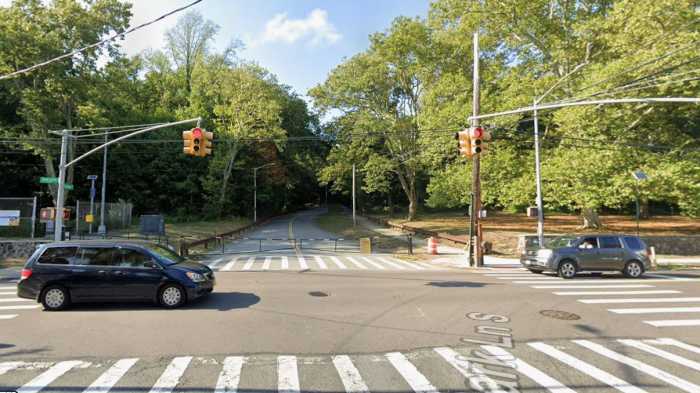BY MAX PARROTT
Councilman Robert Holden of Middle Village released a statement last week calling for the construction of a new high school within his district, citing his constituents’ frustrations with the high school application process as justification.
“When parents are telling me their child has excellent grades and test scores but is not being accepted into the schools they desire, there is something fundamentally wrong with the placement system,” Holden said in a March 22 statement. “The students in my district deserve more quality choices.”
After high school acceptance letters were mailed out over a week ago, parents in District 30 whose children were not placed in high-performing schools such as Maspeth High School (MHS) have inundated the councilman’s office with phone calls and letters.
The tension in Holden’s district stems from two issues: systemic overcrowding and inconsistent quality between area high schools.
The legislative district falls into Community School District 24, which has the fourth-highest level of overcrowding in the city, according to a report the City Council released in 2018. MHS is a prime example. In 2017-18, the high school — ranked as one of U.S. News and World Report’s best in the country — was nearly 300 students over its planned capacity of 905.
A number of area parents believe that the quality of the community’s zoned schools like Newtown High School or Grover Cleveland High School, which guarantee admission, is not on par with that of Queens Metropolitan High School or MHS, whose lottery-based enrollment systems do not appear to be giving priority to nearby students as they are designed to do.
Some parents suspect that the process at MHS in particular excludes local children or students from parochial schools.
Robin Herget Bisighini, a Middle Village resident whose seventh-grade granddaughter will enter the application process next year, is worried that MHS chooses students based on what will boost its statistics rather than considering the applicants’ geographical priority.
“Do I have proof of that? No. Do I know that firsthand? No,” Bisighini said. “But from a lot of families I’ve spoken to with children who are a little older than my granddaughter who have gone through this whole process, there’s a lot of frustration that goes on around it.”
Bisighini would like more transparency about the lottery process, but believes a new school is a step in the right direction.
As a part of his campaign, Holden promised to introduce legislation that would guarantee that students throughout the city will gain admission to their closest school if they list them as their top choice. Holden’s spokesperson said he is still looking into introducing legislation on this issue as he awaits data from the Department of Education.
In the short-term, Holden is pursuing the school construction approach. His spokesperson said that the councilman has presented several locations for a new school to the DOE, and the agency expressed a strong interest in one in particular, but Holden could not reveal the exact spot yet.
Leonie Haimson, a longtime advocate against school overcrowding, suggested Holden is taking the right approach.
“The best way to get a school built under this administration is never to wait until DOE finds a site and builds it, but to have local elected [officials] join with parents and the community to find sites and then push for one to be built,” she said. “Otherwise you could wait 20 years or more.”



































